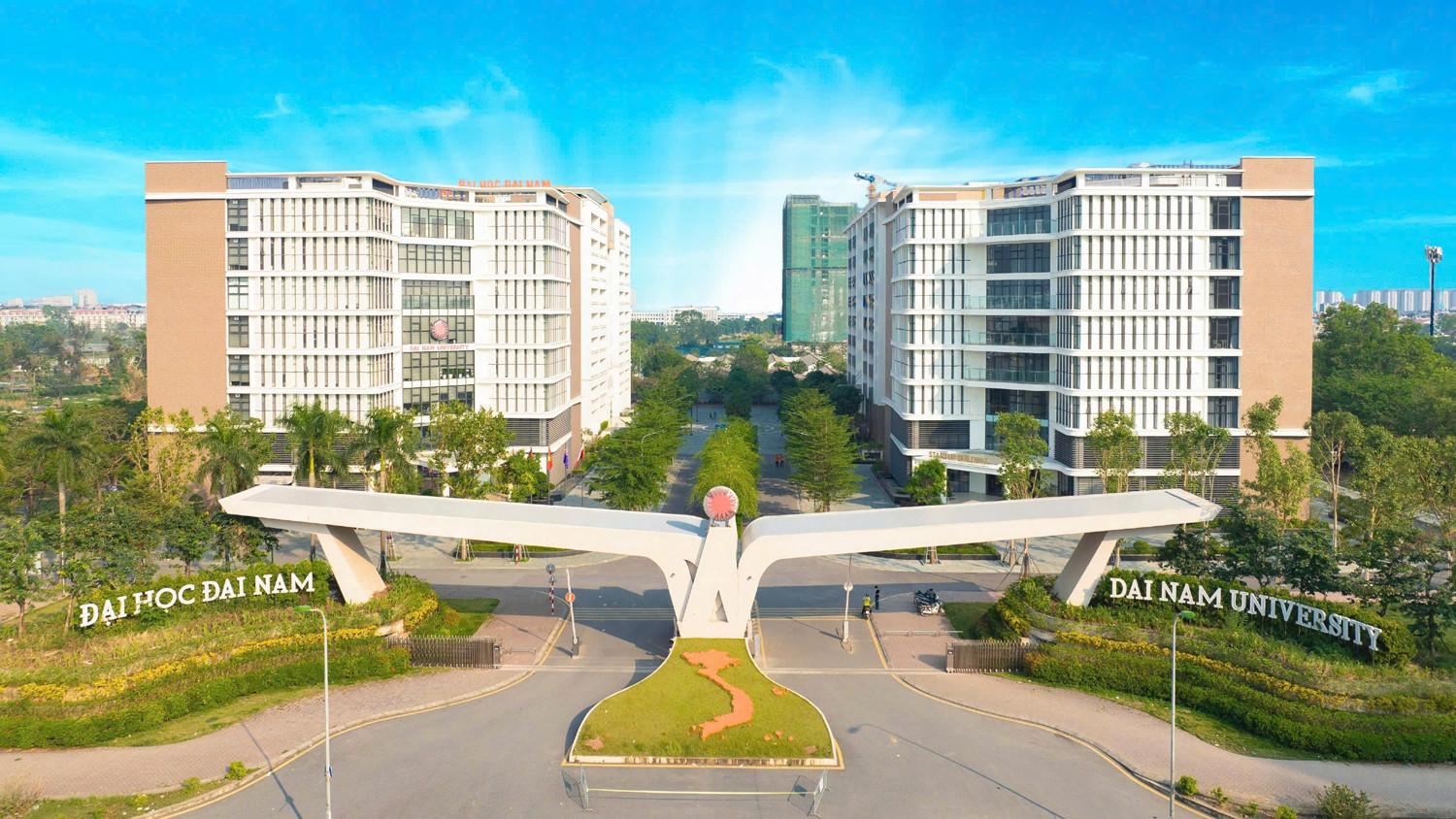University admission 2022: How are candidates given priority points?

Regarding preferential policies in enrollment, the draft of the 2022 enrollment regulations provides as follows:
Priority by admission area: Maximum bonus is 0.75 points
Priority points for region 1 (KV1) are 0.75 points, for rural region 2 (KV2-NT) are 0.5 points and for region 2 (KV2) are 0.25 points; only applicable to candidates who have graduated from high school (or intermediate).
The admission area of each candidate is determined according to the location of the school where the candidate studied the longest during high school (or college); if the (longest) study time in the areas is the same, it is determined according to the area of the nearest school.
For cases that enjoy regional priority based on permanent residence, including students of ethnic boarding schools; students with permanent residence (during high school or college) of more than 18 months at:
- Communes in region III and communes with particularly difficult villages in ethnic and mountainous areas according to regulations of the Minister, Chairman of the Ethnic Committee and Prime Minister;
- Particularly disadvantaged communes in coastal and island areas; particularly disadvantaged communes, border communes, and safe zone communes included in the investment scope of Program 135;
- Particularly disadvantaged villages and communes in areas as prescribed by the Prime Minister, if studying high school (or intermediate) in a location in a district, town, or city under a province with at least one commune in the particularly disadvantaged area.
Candidates who have graduated from high school and retake the exam to get university or college admission results will not be given regional priority points (such as region 3).
Priority by policy subject: Only the highest score is counted.
The Draft Regulations clearly state: Priority points for group UT1 (including subjects 01 to 04) are 2.0 points and for group UT2 (including subjects 05 to 07) are 1.0 points; applied regardless of the year the candidate graduated from high school (or college).
Priority points for other policy subjects (specified in current legal documents) are decided by the Minister of Education and Training.
Candidates belonging to many policy subjects according to regulations will only be counted for the highest priority score.
Priority scores are determined in accordance with the total score of 3 subjects (in the admission subject group) on a 10-point scale for each exam subject (without multiplying the coefficient); in case the admission method uses a different scale, the priority scores will be converted to an equivalent level.
The table of enrollment areas is as follows:
Area | Area description and conditions |
Area 1 (KV1) | Communes in regions I, II, III and communes with extremely difficult villages in ethnic minority and mountainous areas; extremely difficult communes in coastal and island areas; extremely difficult communes, border communes, and safe zone communes are included in the investment scope of Program 135 according to regulations of the Prime Minister. |
Rural Area 2 (KV2-NT) | Localities not in KV1, KV2, KV3; |
Area 2 (KV2) | Towns and cities under provinces; towns and suburban districts of centrally run cities (except communes in Zone 1). |
Area 3 (KV3) | Inner city districts of centrally run cities. |
Table of priority policy objects:
Object | Description of object, condition |
UT1 Group | |
01 | Ethnic minorities with permanent residence during high school or college studies of over 18 months in Region 1. |
02 | Direct production workers have worked continuously for 5 years or more, of which at least 2 years have been emulation fighters recognized by provincial level or higher and awarded certificates of merit. |
03 | a) War invalids, sick soldiers, and people entitled to policies like war invalids; b) Military personnel; officers, non-commissioned officers, and conscripts in the People's Public Security on active duty who are sent to study and have served for 18 months or more, or have served for 12 months or more in Region 1; c) Military personnel; officers, non-commissioned officers, and conscripts in the People's Public Security who have been discharged from the military and recognized as having completed their military service obligations according to regulations. |
04 | a) Relatives of martyrs; b) Children of war invalids, sick soldiers, children of people enjoying policies like war invalids with a reduced working capacity of 81% or more; c) Children of resistance fighters infected with toxic chemicals whose working capacity is reduced by 81% or more; d) Children of People's Armed Forces Heroes; children of Labor Heroes during the resistance war period; d) Children of resistance fighters who are deformed or disabled due to the effects of toxic chemicals and are receiving monthly allowances. |
UT2 Group | |
05 | a) Youth volunteers are sent to school; b) Military personnel; officers, non-commissioned officers, and conscripts in the People's Public Security on active duty who are sent to study with a service period of less than 12 months in Region 1 and less than 18 months in other regions; c) Commanders and Deputy Commanders of Military Commands of Communes, Wards and Towns; Village Team Leaders, Platoon Leaders of Core Militia and Self-Defense Forces, Self-Defense Forces who have completed their Core Militia and Self-Defense Forces service for 12 months or more, taking the exam to enter the Basic Military Sector. The maximum period of priority is 18 months from the date of signing the demobilization decision to the date of taking the exam or registration for recruitment. |
06 | a) Vietnamese citizens who are ethnic minorities with permanent residence outside the prescribed areas are subject 01; b) Children of war invalids, sick soldiers, children of people enjoying policies like war invalids with reduced working capacity of less than 81%; c) Children of resistance fighters infected with toxic chemicals have a labor capacity reduction rate of less than 81%. |
07 | a) People with severe disabilities have a certificate of disability issued by a competent authority in accordance with the provisions of Joint Circular No. 37/2012/TTLT-BLDTBXH-BYT-BTC-BGDDT dated December 28, 2012 of the Ministry of Labor - Invalids and Social Affairs, the Ministry of Health, the Ministry of Finance and the Ministry of Education and Training regulating the determination of the level of disability by the Council for determining the level of disability; b) Outstanding workers from all economic sectors from provincial and ministerial levels and above are recognized as skilled workers and artisans, and are awarded certificates or badges of Creative Labor by the Vietnam General Confederation of Labor or the Central Committee of the Ho Chi Minh Communist Youth Union; c) Teachers who have taught for 3 years or more can apply for teacher training programs; d) Nurses, pharmacists, nursing assistants, physicians, nurses, technicians, and people with intermediate pharmacy degrees who have worked for 3 years or more can apply for jobs in the health sector. |









